If you’re a beginner looking to add a unique and lively fish to your aquarium, Zebra loaches are an excellent choice. These small, social creatures are known for their playful and curious nature, making them a delightful addition to any tank.
While Zebra loaches are relatively low-maintenance pets, they do require specific care to ensure their health and happiness. In this guide, we’ll cover everything you need to know about Zebra loach care, including their diet and habitat requirements.
Table of Contents
Key Takeaways:
- Zebra loaches are social and playful fish that require specific care to thrive in an aquarium.
- Proper diet and habitat requirements are essential to maintain the health and happiness of these unique creatures.
- Zebra loaches can make excellent additions to your aquarium with suitable tankmates and proper care
- Understanding their natural behavior, feeding habits, and breeding tendencies is crucial to providing the best possible care for these fish.
- Consulting a buying guide and addressing potential health concerns can help ensure a successful Zebra loach ownership experience.
Zebra Loach Overview
Zebra loaches are a popular freshwater fish known for their distinctive black and white stripes. These loaches belong to the Botia family, which includes various other loach species. In this section, we will explore the different species of Zebra loach, including the dwarf and redtail varieties, as well as discuss the characteristics of adult Zebra loaches.
Dwarf Zebra Loach
The Dwarf Zebra Loach (Botia striata) is a smaller species of loach, growing up to only 2 inches in length. Their smaller size makes them an ideal addition to small community tanks. They are also much more active and lively than their larger counterparts, making them an enjoyable fish to watch.
Redtail Zebra Loach
The Redtail Zebra Loach (Botia Rostrata) is a larger species of loach that can grow up to 10 inches in length. As their name suggests, these loaches have a distinct reddish-brown tail. They prefer to live in groups of their own kind or with other loaches and can be quite territorial if not given enough space.
Adult Zebra Loach
Adult Zebra loaches (Botia Striata) typically grow up to 4 inches in length. They are known for their long, slender bodies and their black and white striped pattern. Adult Zebra loaches are more sensitive and can be shy, so it’s important to give them plenty of hiding spaces in their tanks.
Zebra loaches are fascinating and unique fish that add character to any aquarium. It’s important to understand the different species and their characteristics to provide the best care possible.”
Zebra Loach Tank Setup
Zebra loaches are active and social fish that thrive in groups of 6 or more. To keep them happy and healthy, it’s important to set up their tank properly. Here’s what beginners need to know:
Choosing the Right Tank Size
Zebra loaches are relatively small fish, growing up to 4 inches in length. However, they are very active and require plenty of space to swim and play. As a general rule, you should have at least 10 gallons of water per Zebra loach in your tank. This means a group of 6 should have a minimum tank size of 60 gallons.
Selecting Suitable Tank Mates
Zebra loaches are peaceful fish that make great tank mates for other community fish. Some suitable tank mates include Corydoras catfish, guppies, and small tetras. Be sure to avoid any aggressive or fin-nipping fish that may harm your Zebra loaches.
Setting up the Ideal Tank Environment
Zebra loaches prefer soft, slightly acidic water with a pH level between 6 and 7. They also require plenty of hiding places, such as rocks, driftwood, and plants. Adding a sandy substrate to the bottom of the tank will allow Zebra loaches to burrow and explore.
Suitable Tank Mates for Zebra Loaches
| Fish Species | Temperament | Tank Size |
|---|---|---|
| Corydoras Catfish | Peaceful, Bottom-Dweller | 20+ gallons |
| Guppies | Peaceful, Active Swimmers | 10+ gallons |
| Small Tetras (e.g., Neon Tetra) | Peaceful, Active Swimmers | 10+ gallons |
With the right tank setup, your Zebra loaches will thrive and provide hours of entertainment. Remember to maintain good water quality, perform regular water changes, and monitor the behavior of your fish to ensure they are happy and healthy.
Zebra Loach Behavior
Understanding the behavior of your Zebra loaches is essential for keeping them healthy and happy in your aquarium. Despite their small size, Zebra loaches are active and inquisitive fish that love to explore their surroundings.
One of the most distinctive behaviors of Zebra loaches is their tendency to hide in dark places. Providing adequate hiding spots such as caves or plants will help keep your loaches feeling safe and secure in your aquarium.
It’s also important to note that Zebra loaches can be territorial and exhibit aggressive behavior towards their own species. To keep your fish stress-free, consider only keeping one or two Zebra loaches per tank.
Tip: If you have multiple Zebra loaches in your aquarium, make sure to provide plenty of hiding spots and visual barriers to help reduce aggression and territorial behavior.
Lastly, it’s essential to consider the temperament of your Zebra loaches when choosing tankmates. Fish that are too active or aggressive can stress out your loaches and negatively impact their behavior and overall health. Some suitable tankmates for Zebra loaches include peaceful fish like Corydoras catfish and Cherry barbs.
Zebra Loach Behavior Overview
| Behavior | Description |
|---|---|
| Hiding | Zebra loaches have a tendency to hide in dark places when they feel threatened or stressed. |
| Territoriality | Zebra loaches can be territorial and exhibit aggressive behavior towards their own species. It’s best to keep only one or two loaches per tank. |
| Active | Zebra loaches are active and love to explore their surroundings. Providing plenty of space and hiding spots will keep them happy. |
| Compatibility | Choosing compatible tankmates for your Zebra loaches is essential for their well-being. Peaceful fish such as Corydoras catfish and Cherry barbs are suitable tankmates. |
Zebra Loach Care and Maintenance
Keeping your Zebra loaches healthy requires proper care and maintenance. Here are some tips on maintaining the right water temperature and pH level, controlling snail populations, and algae growth:
- Zebra loach water temperature: Zebra loaches thrive in a water temperature range of 72°F to 79°F.
- Zebra loach pH level: The optimal pH level for Zebra loaches is between 6.0 and 7.5. Avoid extreme changes in pH levels to prevent stressing your fish.
- Zebra loach snail eating: Zebra loaches are natural snail eaters, helping to control snail populations in your tank.
- Zebra loach algae control: Zebra loaches are also known to eat algae, which can help keep your tank clean and healthy.
Regular water changes and tank maintenance are also crucial for keeping your Zebra loaches happy and healthy. Be sure to monitor the water quality regularly and clean your tank as needed to maintain a healthy environment for your fish.
Remember, healthy Zebra loaches mean a healthy and thriving aquarium. Keep up with the right care and maintenance for a happy aquatic community!
Zebra Loach Feeding
Feeding your Zebra loaches a balanced diet is crucial for their overall health and well-being. These fish are omnivores and can eat a variety of foods. The best diet for Zebra loaches should include a mixture of both plant and animal-based foods.
What does Zebra loach eat?
Zebra loaches primarily feed on live or frozen food in the wild, such as small crustaceans, insect larvae, and worms. In captivity, they will also consume commercial fish foods such as pellets, flakes, or freeze-dried foods. However, it’s crucial to ensure these foods provide the necessary nutrients for Zebra Loach’s health.
Zebra Loach diet
Provide your Zebra loaches with a balanced diet by offering a range of foods, including:
- High-quality fish flakes
- Pellets enriched with spirulina or vegetable matter
- Frozen or live food like bloodworms, brine shrimp, or daphnia
- Lettuce leaves and cucumber slices for vegetables
It’s important to avoid overfeeding your Zebra loaches, as this can lead to obesity, digestive issues and, ultimately, health problems. Feed them a small meal once or twice a day, only as much as they can consume in a few minutes and remove any uneaten food promptly to keep the tank clean.
Zebra Loach Breeding
Watching your zebra loaches breed can be a fascinating experience for fishkeepers. Breeding zebra loaches can be challenging, but with patience and the right conditions, they can become prolific breeders.
Signs of Pregnancy in Zebra Loaches
Females tend to grow plumper when they are pregnant, while males may become more aggressive during this time. Pregnant females also tend to develop a black spot near the anal fin, which indicates that the eggs are developing inside the body.
If you want to encourage breeding in your zebra loaches, ensure that the tank water temperature is around 77°F and the pH levels are around 7.0. Zebra loaches tend to spawn at the beginning of the rainy season in their natural habitat, so replicating these conditions can help induce breeding in captivity.
Caring for Zebra Loach Eggs
When the female zebra loach lays eggs, she will typically lay them on a flat surface or in a crevice. After fertilization, the eggs will hatch within 48 hours, and the fry will absorb their yolk sac for nourishment. After this stage, they will need to be fed small amounts of food regularly.
It is important to keep the tank well-maintained during the breeding process, as ammonia and nitrate levels can negatively impact the eggs and fry. In addition, adult zebra loaches may try to eat their own eggs or fry, so it is essential to separate them after spawning if you wish to raise the young.
“Breeding zebra loaches can be a challenge, but it is worth the effort for the chance to witness the process and raise healthy young.”
Zebra Loach Health Concerns
While Zebra loaches are generally hardy and easy to care for, there are some health concerns you should be aware of to ensure their well-being.
Zebra loach aggressive: Zebra loaches can be territorial and may display aggression towards other fish. To prevent this, it is best to keep them in a species-only tank or with peaceful, non-aggressive tankmates.
Zebra loach swollen stomach: Swollen stomachs in Zebra loaches can be a sign of overfeeding or other health issues. To prevent this, feed them a balanced diet in appropriate portions. If the problem persists, consider consulting with a veterinarian.
Zebra loach lifespan: On average, Zebra loaches can live up to 5-7 years in captivity with proper care. However, some may have a shorter lifespan due to genetics or health issues.
“It is important to monitor your Zebra loaches regularly for any signs of aggression, overfeeding, or other health issues to ensure their longevity.”
Zebra Loach Buying Guide
If you’re searching for Zebra loaches for sale, there are several places to consider. Local pet stores, online retailers, and fish breeders are all potential options. Before buying, it’s essential to ensure you’re getting a healthy specimen to avoid any potential health issues in your aquarium.
What to Look for When Buying Zebra Loaches
When selecting Zebra loaches, there are several key factors to consider:
- Active behavior: Look for Zebra loaches that are active and swim around the tank without any difficulty.
- Clean skin: The loaches’ skin should be clean and free from any abnormal spots or wounds.
- Clear eyes: Check that the loaches’ eyes have no cloudiness or discolouration.
- Good appetite: Observe if the loaches are eating and that they show excitement when offered food.
- Proportionate body: Look for Zebra loaches with the same size and proportionate body.
It’s also essential to check the water quality of the seller’s tank before purchasing. Ask about the pH levels, water temperature, and whether the seller is feeding them appropriately.
Buying Online vs. In-Store
Buying Zebra loaches online may provide a more extensive selection, but be sure to research the retailer thoroughly before making a purchase. It’s essential to check their reputation, reviews, and policies for shipping and handling. Carefully monitoring the health of shipped fish is crucial. In-store purchases, meanwhile, allow you to observe the Zebra loaches upfront and pick out a healthy specimen.
Zebra Loach Price
The price of Zebra loaches varies depending on the retailer and the location. Typically, they range from $3 to $5 in pet stores, and breeders may price them higher at around $10 per fish. Online retailers may also offer deals on bulk purchases.
Buy Zebra loaches from reputable sellers or breeders, as they’ll offer you healthy specimens, along with guidance on their care.
Zebra Loach and Tankmates
Zebra loaches are generally peaceful fish that can coexist with a variety of other species in a community tank. However, it’s essential to carefully select compatible tankmates to ensure a harmonious environment.
Zebra Loach with Guppies
Guppies are small, colorful fish that are popular for their lively personalities and attractive appearance. While Zebra loaches can potentially get along with guppies, it’s crucial to consider their different requirements. Guppies prefer warm water with a pH between 7.0-8.2, whereas Zebra loaches prefer cooler water with a pH between 6.0-7.5. Additionally, guppies may reproduce rapidly and overrun the tank if not controlled, potentially creating stress for Zebra loaches.
Corys and Zebra Loach Getting Along
Corydoras catfish, or corys for short, are peaceful bottom-dwelling fish that can coexist well with Zebra loaches. Both species have a similar diet and temperament, making them suitable tankmates. Additionally, corys can help clean up excess food and waste, ensuring a clean and healthy environment for all tank inhabitants.
Zebra Loach Compatibility
When selecting other tankmates for Zebra loaches, it’s essential to consider their compatibility. Avoid aggressive or territorial species, as they may create stress and potentially harm Zebra loaches. Suitable tankmates include other peaceful species, such as rasboras, tetras, and gouramis.
“Properly selecting tankmates for Zebra loaches is crucial for creating a harmonious environment.”
Zebra Loach Conclusion
Caring for Zebra loaches requires proper knowledge and attention to detail. From understanding their behavior to providing a suitable habitat, a well-cared-for Zebra loach can make a fantastic addition to any aquarium. Remember to maintain adequate water temperature and pH levels while feeding them a balanced diet to ensure their longevity.
If you’re considering purchasing Zebra loaches, be sure to do your research and choose a healthy specimen. It’s also important to consider their compatibility with other tankmates and their potential health concerns. By following these guidelines, you can provide a happy and healthy home for your Zebra loaches for years to come.
Thank you for reading our ultimate guide to Zebra loach care. We hope that you found the information valuable and that it helps you in your journey as a fishkeeper.
FAQ
How should I care for a Zebra Loach?
To care for a Zebra Loach, you should provide a well-maintained aquarium with suitable water parameters, offer a varied diet consisting of high-quality fish food and live or frozen food like bloodworms or brine shrimp, and ensure they have plenty of hiding places in their habitat.
What should I feed my Zebra Loach?
Zebra Loaches are omnivorous and will eat a variety of foods, including flakes, pellets, and frozen or live foods such as bloodworms, brine shrimp, and daphnia. It’s important to provide a varied diet to ensure their nutritional needs are met.
What size tank do Zebra Loaches require?
Zebra Loaches are active swimmers and can grow up to 4 inches in length, so they require a minimum tank size of 20 gallons. However, a larger tank with plenty of swimming space is recommended to accommodate their active nature.
Can Zebra Loaches be kept with other fish?
Zebra Loaches are generally peaceful and can be kept with other peaceful community fish that share similar water parameter requirements. Good tank mates for Zebra Loaches include other peaceful loach species, rasboras, tetras, and peaceful catfish like Corydoras.
Do Zebra Loaches eat snails?
Yes, Zebra Loaches are known to have a natural inclination to eat snails. They can be an effective natural method for controlling snail populations in the aquarium.
How long do Zebra Loaches live?
With proper care, Zebra Loaches can live for up to 10 years. Providing a suitable habitat, a balanced diet, and regular maintenance will contribute to their longevity.
How can I breed Zebra Loaches?
Breeding Zebra Loaches can be challenging, but it is possible. It usually requires a separate breeding tank with specific water parameters and the use of hormones to induce spawning. The eggs will need to be removed and placed in a separate tank for hatching and rearing.
References
Aquarium and Tropical Fish Association (ATA)
National Aquarium Society (NAS)
American Livebearer Association
Ornamental Aquatic Trade Association (OATA)
International Loach Association
Please check other articles on this website, I have listed some of them here:
Everything You Need to Know About Caring for Blue Zebra Cichlids in Your Aquarium
Everything You Need to Know About Torch Coral: A Stunning Addition to Your Marine Aquarium
The Fascinating Penguin Tetra: Thayeria boehlkei (2023-24)
The Ultimate Guide to Scarlet Badis Care and Breeding
The Ultimate Bamboo Shrimp | Flower Shrimp Guide Which You Dont Want to Miss Out 2023
The Vibrant and Captivating Strawberry Peacock Cichlid: A Guide to Care and Maintenance
Electric Blue Acara: The Ultimate Guide To Care And Keeping
Best Fish for a 40 Gallon Tank: Top Choices for a Thriving Aquarium
Simple Guide to Easy-to-Care-for Aquarium Plants
Discover the Diverse Corydoras Catfish Varieties- A Guide
Get to Know Various Types of Algae Eaters
Master Guide: Best Water Parameters for Goldfish Care 2023-24
Mastering Black Ghost Knife Fish Care: A Comprehensive Guide
Optimal pH Levels for Tropical Fish: Essential Aquarium Guide
Discovering Freshwater Snail Species: An In-depth Guide
Expert Tips for Breeding Guppies: Keys to Successful Fishkeeping
Discover Peaceful Community Fish: Your Guide to Calm Aquatics
Ultimate Guide to Live Food for Betta Fish — Healthy Choices
Complete Guide to Your Perfect Cichlid Tank Setup
Your Guide to the Best Substrate for Planted Aquariums
Essential Guide to Discus Fish Care: Help Your Pets Thrive!
Grow Your Own Eden: Beginner-Friendly Aquascaping Plants Guide
Perfect Neon Tetra Tank Mates: Guide to Aquarium Harmony
Product Review of Eheim Classic vs Professional
The Ultimate Guide to Discus Fish Care
What Fish Can Live With Discus?
Ideal pH for Discus Fish | Aquarium Water Guide
How to Sex Discus Fish?: A Simple Guide for Hobbyists
Complete Discus Fish Tank Setup Guide
Can Discus Fish Live With Angelfish? The Complete Guide
Discus Diet Guide: What Do Discus Fish Eat?
Are Discus Fish Hard to Keep? Insights & Tips.
Optimal Discus Fish Water Parameters Guide
Discus Fish Size Guide 2024: How Big Do Discus Fish Get?
Ultimate Million Fish Guppy Care Guide 2024
Simple Guide to Easy-to-Care-for Aquarium Plants
Grow Your Own Eden: Beginner-Friendly Aquascaping Plants Guide
Hornwort Aquarium Plants: The Ultimate Guide to Care and Maintenance
Aquarium Equipment for Beginners: The Complete Checklist
Feeding Your Aquarium Fish: The Complete Guide
Common Beginner Fishkeeping Mistakes and How to Avoid Them!
Aquarium Plants for Beginners: Easy Care and Beautiful Options
Keeping Your Aquarium Water Clean and Healthy: The Complete Guide
Breeding Aquarium Fish: A Comprehensive Guide
Marine Aquariums: The Ultimate Challenge for Experienced Hobbyists
Tech in the Tank: Must-Have Gadgets for Aquarium Automation
Dwarf Sucking Catfish : The Ultimate Guide to Keeping and Caring for Oto Catfish
The Science of Aquarium Water Chemistry: Understanding pH, KH, and GH
Veiltail Goldfish: The Exquisite Beauty of Flowing Fins
Perfect Neon Tetra Tank Mates: Guide to Aquarium Harmony
Goldfish Care: Beyond the Bowl – Everything You Need to Know
Master Red Tail Shark Care: Tips, Tank Mates & Surprising Traits!
Sheepshead Wrasse Facts & Habitat Guide
Unveiling the Unique Asian Sheepshead Wrasse: A Fascinating Reef Fish with Quirky Behavior
Peacock Wrasse: A Dazzling Addition to Your Aquarium
Vibrant Wrasse Fish: Care Guide & Species Info
Bluestreak Cleaner Wrasse – Vibrant Reef Ally
Coris Wrasse Care Guide for Saltwater Aquariums
Melanurus Wrasse Care Guide & Habitat Tips
The Ultimate Guide to Kuhli Loach
The Ultimate Guide to Popular Loach Species for Freshwater Tanks
Yoyo Loach: The Ultimate Guide to This Fun and Friendly Fish
How to Care for Clown Loaches: The Ultimate Guide for Aquarium Lovers
Optimal Times to Feed Tropical Fish Daily
How to Care for Dojo Loach, the Friendly and Playful Aquarium Fish
I am a passionate aquarist with over 30 years of hands-on experience in fishkeeping. My journey began at a young age, collecting fish from the wild and learning through experimentation. Specializing in tropical fish, I bring a deep understanding of the hobby to FishKeepingMadeSimple. The site provides honest, detailed reviews of essential products and accessories to help fellow enthusiasts create the best environments for their fish.

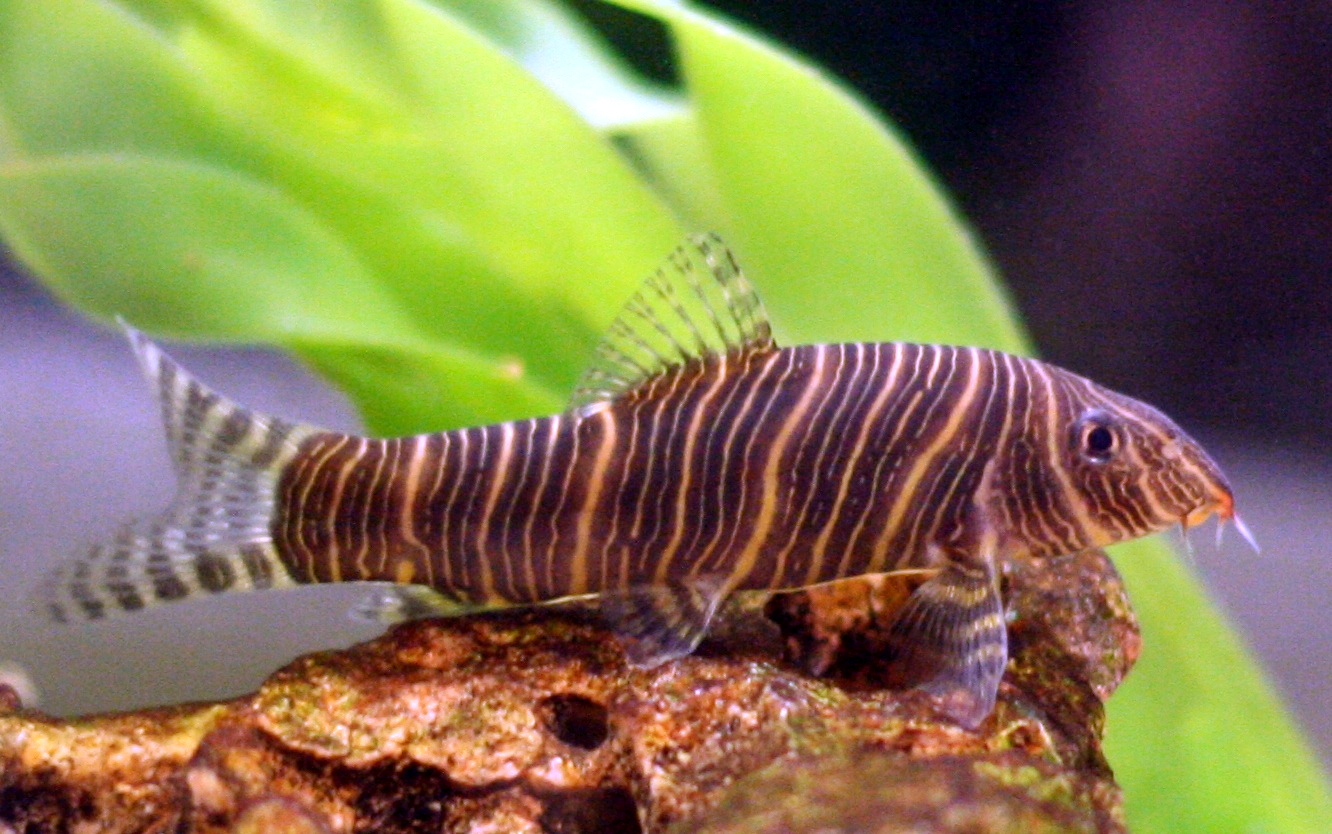
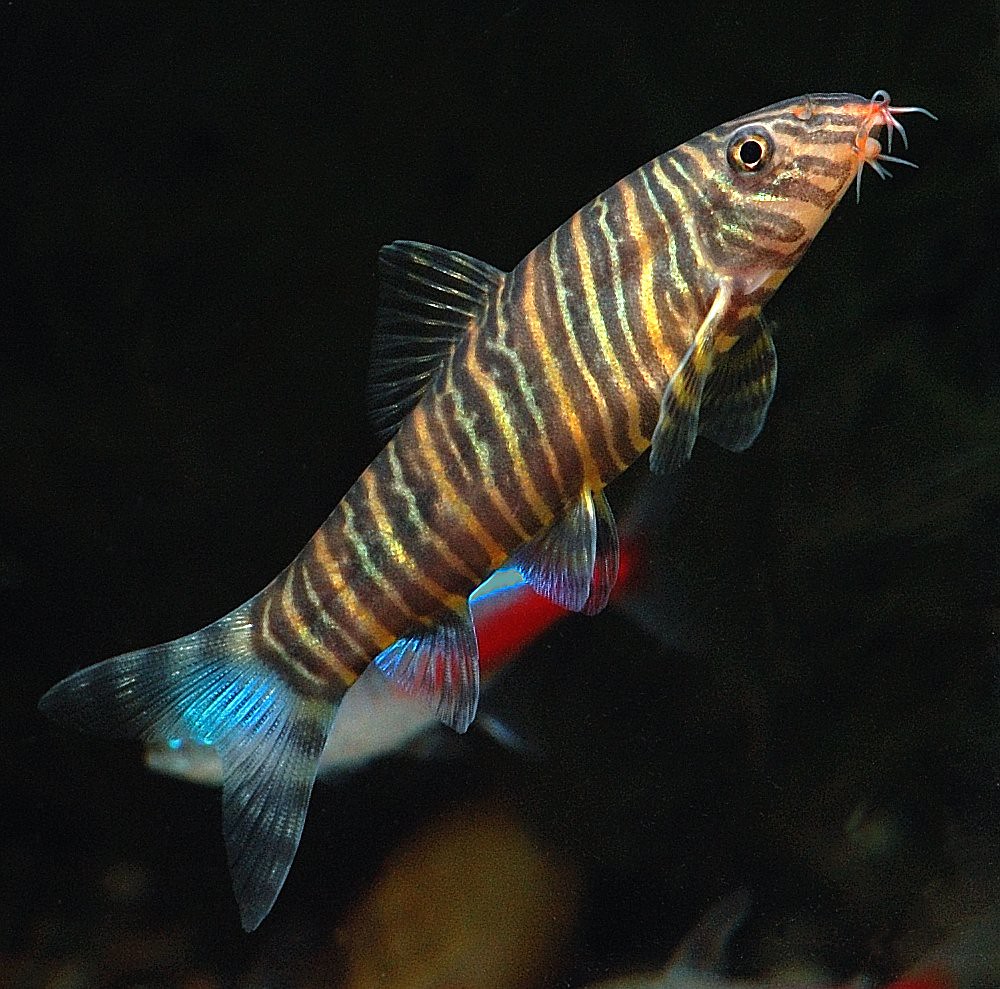
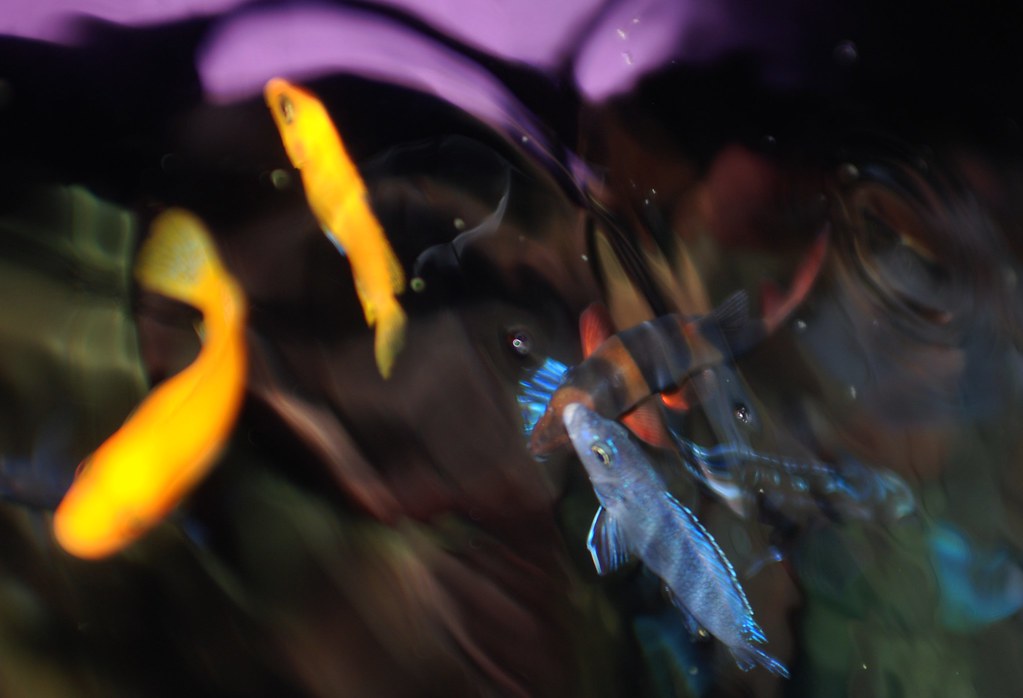








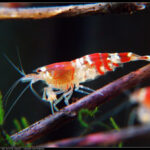

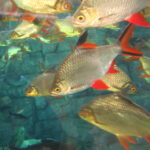
[…] How to Care for Zebra Loach: The Ultimate Guide for Beginners […]
[…] you are a beginner or an experienced fish keeper, this guide will help you understand how to properly care for Farlowella catfish in your […]
[…] Of the leaves can vary, and it is often referred to as the “Aquarium Plant Care Guide”. […]
[…] parameters such as lighting, substrate needs, and trimming for optimal growth. Explore a variety of care guides and plant options to create a beautiful carpeting effect in your […]
[…] Fern is a hardy plant that can adapt to a variety of conditions. It is often used as a beginner plant due to its ease of care. However, like any plant, it requires specific conditions to thrive. In this section, we’ll […]
[…] Red Zebra Mbuna is a small-sized fish that requires special care and attention to thrive in a home aquarium. Here are some key aspects to understand about this […]
[…] the secrets of successful Keyhole Cichlid care with our comprehensive guide. Learn about their natural habitat, diet, tank setup, and more to ensure your fish thrives in your […]
[…] tank, African Dwarf Frogs are an excellent choice. Their small size, peaceful nature, and easy care requirements make them a popular option for both beginner and experienced frog […]